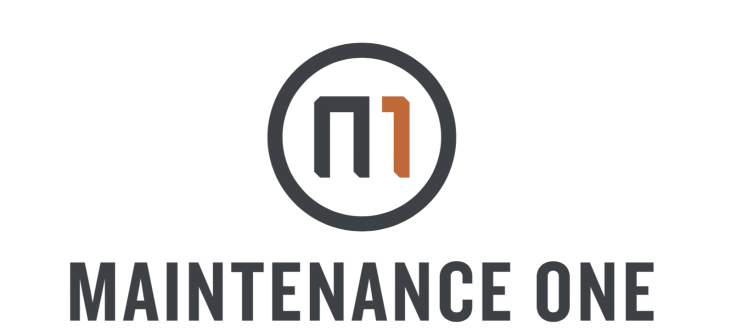We’ve already talked in a past post about how a clean environment boosts productivity—and how a cluttered office space hinders it. One of the common questions we get is “what happens after I clean up?” So we thought we’d take a moment to discuss productivity strategies you can employ around your uncluttered facility to improve productivity even further.
Today we’re talking about the Pomodoro Technique—a method of task organization that takes things one bite at a time.
What is the Pomodoro Technique?
Pomodoro is the Italian word for tomato and if you’re struggling to draw parallels between tomatoes and productivity, don’t worry—we were too! The university student who came up with the method, Francesco Cirillo, used a tomato-shaped timer to help time his tasks and the name stuck!
At its roots, the Pomodoro Technique is a straightforward focus tool designed around breaking tasks up into brief sprints approximately 25-30 minutes long. This is long enough to get some progress in on a job and short enough that it doesn’t sound overwhelming to start.
The basic breakdown looks like this:
- Choose your task
- Work on it for one pomodoro length (25 or 30 minutes is recommended)
- Take a 5 minute break
- Repeat as necessary
This works for multiple pomodoros, but it is also recommended to take a longer break after 3 or 4 pomodoro sprints. These longer breaks should be about 15-30 minutes. This process of stacking your pomodoros and breaks lets you evenly split a day (and your projects) into 30-minute chunks of focus.
The Benefits of the Pomodoro Technique
The Pomodoro Technique emphasizes rhythm, pacing, and partializing. Psychology Today cites big expectations as a major hurdle when starting tasks and advises breaking them down into smaller chunks. Once you get started, it’s a lot easier to continue with some momentum.
At the top of a pomodoro, you know you have one particular task and that you’re going to work on it for a set amount of time. There are no deadlines or expectations outside of focusing for one pomodoro. Once you and your employees have this down, stacking pomodoros turns partialized tasks into all-day progress.
It is important to make sure that you and your team keep each pomodoro focused on a singular task, since shifting gears can lose some of that momentum. It’s fine to focus on a new task after a 5 minute break, but exercising your attention and focus on one task for one pomodoro is the key to developing a solid habit with the Pomodoro Technique.
Challenges of the Pomodoro Technique
So much of the Pomodoro Technique revolves around how it is self-directed. Wrangling your own focus is one thing, wrangling everyone else’s to align at the right time is quite another. But it can be done!
When implementing this technique in the office, be sure to communicate with your workforce and determine how to best implement it. Perhaps your team feels better having their own individual timers for personal sprints. If you’ve got an all-hands-on-deck situation, maybe announce that you’re going to try for a group pomodoro afternoon where your team tackles their individual tasks for 2-3 pomodoros before a group lunch.
As with any productivity technique, it is important to take note of your team’s strengths and preferences. Forcing any habit on the unwilling is a recipe for disaster.
The Pomodoro Technique in a Cluttered Space
A big factor with introducing productivity habits is the environment in which you introduce them. There’s not a technique in the world that does better when your facility is dirty or disorganized, and you may find your efforts stalling or failing if you try to train your employees in those cluttered conditions.
At Maintenance One, we understand that your working space has a direct impact on your employee productivity. Contact us today if you have any questions about how cleanliness results in higher productivity. Request a quote if you’re interested in boosting productivity by investing in the cleanliness of your facility.


